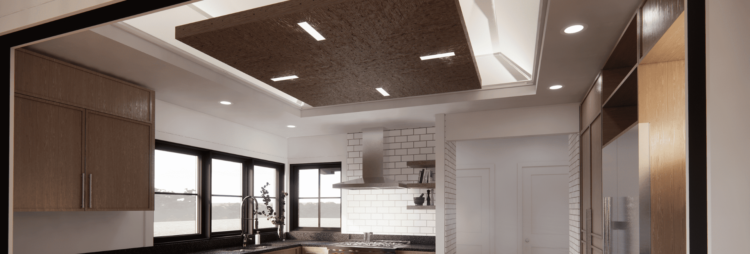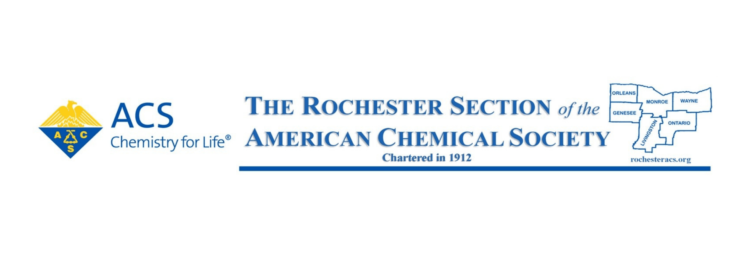
Written by the OLED UX Team
The OLEDs World Summit recently convened in San Jose, where I co-presented with Jamal Smith from Acuity Brands on Design Differentiation with OLED Lighting. Attended by global OLED experts, practitioners, inventors, and end-users, the summit is an annual technology and collaboration portal. Barry Young, OLED Alliance CEO, kicked off the conference with a rapid, energizing list of new technologies driving OLED into the future. From blue light risks to 5G bandwidth to tariffs, the forces on OLED are certainly worldwide.
Collaboration, Everyone Owns a Piece of the Puzzle
An industry summit, emphasis is on collaboration ranging from the challenge of consumer awareness to complex manufacturing solutions for tomorrow’s OLEDs.
ITRI, Taiwan’s flagship technology research institute, also emphasized the importance of collaboration as they continue to make progress on manufacturing technology for flexible OLED lights in a roll to roll format. ITRI reported advancements in their red OLED lights strips through research defined with industry partners and end user application. Notable technology includes particulate removal and measurement, flexographic printing of patterned conductors and ITO coating on thin glass – all examples of ITRI’s co-sharing business model with equipment makers, end users and material developers.
Dr. Werner Thomas from Audi showcased red OLED lights back as an innovative product, not a research project. The summit coincided with the International Symposium on Automotive Lighting (ISAL) in Germany where Audi showed their digital OLED tail lights. Audi’s collaboration with ST Microelectronics for drivers and OLEDWorks for the OLED panels realized their vision of a complex segmented OLED that is highly digitally reconfigurable. Audi also noted flexible OLED on Corning thin glass in the future.
Kaist presented technology vision for flexible and wearable OLED textiles. They have demonstrated OLED with fiber as the base – light emitting fibers that can wash and wear. Several fundamentals have been shown on lab scale (i.e, on the order of a centimeter long) for planarization and encapsulation that retains some of the flexibility of the fiber. Still in the pioneering stage, but fun to see where OLED fundamentals can take us with vision, research and innovation.
Health and Well-being
There is a growing awareness and respect for the role of lighting in our health and well-being. This goes beyond conventional light fixtures that illuminate space. As reported by Minnesota-based Healthe, the 11 hours/day people spend on digital devices is a significant light stimulus directly to the eye. The potential for eye damage is heightened with blue light 415nm – 445nm.
“Healthe reported retinal swelling starts between 4 and 7 hours of exposure – about half the time people spend on their devices. Minimum recommended blue light management calls for the ratio of light from 415-455nm compared to 400 – 500nm be less than 50%. OLED displays, per Healthe, had lower blue light risk levels than LED standard displays.”
Chris Beckman from Boeing also emphasized the role that overall well-being and comfort plays in lighting for commercial airplanes. Photobiological impact on passenger health including low glare, good color quality and color tuning to manage jet lag are priorities. Lighting and architecture go hand in hand. Not only does the lighting reveal the architectural decisions on use of space and egress, but lighting can contribute to space and weight savings. OLEDs, with their very thin profile and excellent light and color properties offer an appealing technology for these challenges.
OLED Lighting Design Differentiation
OLED lighting carves out its own technology trajectory, but leverages OLED materials, flexible substrates and light extraction technology with display. But where does this trajectory take us? What are the motivations for designing with OLED lighting?
To answer this question, first ask “what is OLED lighting to you?”. I’ll explore this in my next blog post. Stay tuned!



